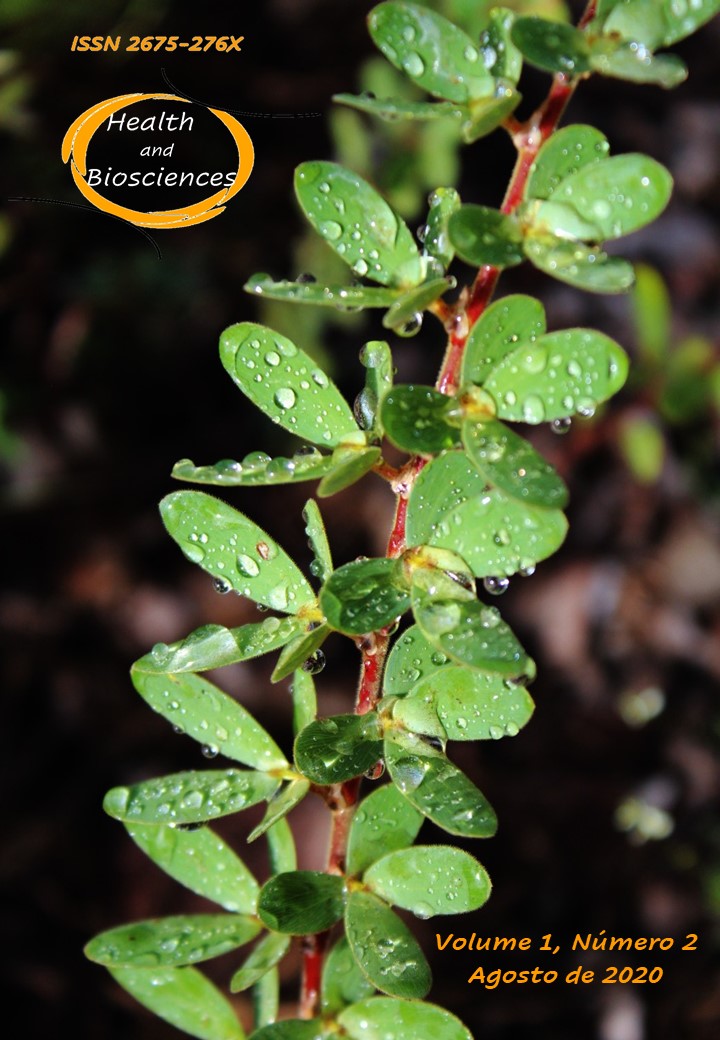The Distribution and Analysis of Spatial Autocorrelation of Fruit Fly (Bactrocera sp.) on Red Chili Cultivation in Cirebon, West Java, Indonesia
DOI:
https://doi.org/10.47456/hb.v1i2.31369Keywords:
Bactrocera sp., dispersion index;, Moran index;, spatial autocorrelation, dispersion patternAbstract
The information of fruit fly spatial distribution and its correlation with the environment is a key to their population control including sampling and an effective analysis procedure as a basis for population estimation. This study aims to analyze spatial dispersion and autocorrelation of fruit fly on red chili cultivation in Cirebon. The distribution of fruit fly from attractant ME trap and cue lure analyzed by using various dispersion index and regression models namely: ratio (s2/x), Elliot value, Llyod index, Green coefficient, Morisita dispersion index, k dispersion parameter, Iwao regression analysis, and Taylor regression analysis. The analysis result of various dispersion index and regression models such as ratio value (s2/x) > 1, value >1, value x*>1,coefficient GI> 0-1, and value (1/k) > 0 shows that fruit fly population at both locations have clumped dispersion pattern. This is supported by the result of Taylor and Iwao regression analysis with slope value > 1 showing clumped dispersion pattern. Further analysis for each fruit fly species use Morisita dispersion index revealing clumped dispersion pattern for B.papayae and B.cucurbitae; B.carambolae has homogenous dispersion pattern that tends to clump; B.tau and B.albistrigata has homogenous dispersion pattern. Spatial autocorrelation analysis based on Moran index value interpretation is I > -0,05 with p-value < 0,05 showing positive spatial autocorrelation between the traps that are located close together (0-10 m) and even far apart (70-75 m and 80-85 m).

